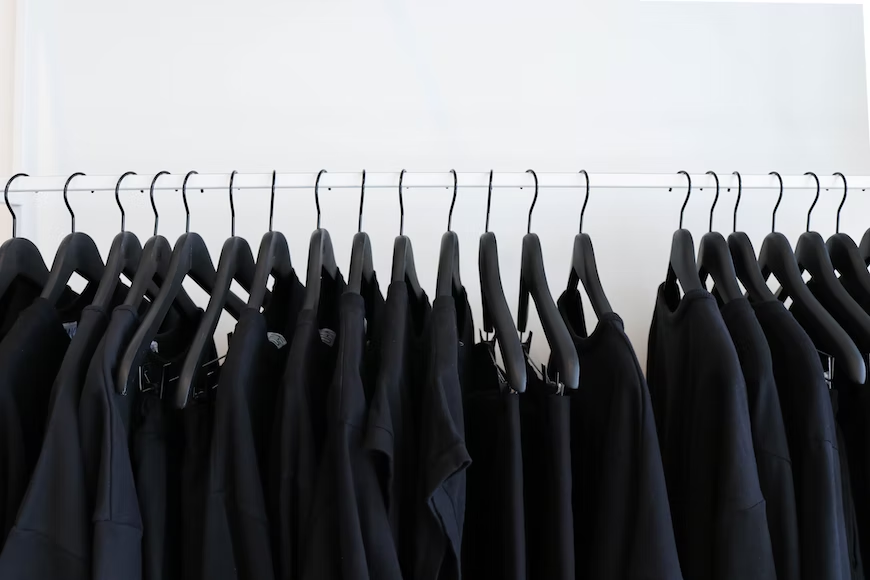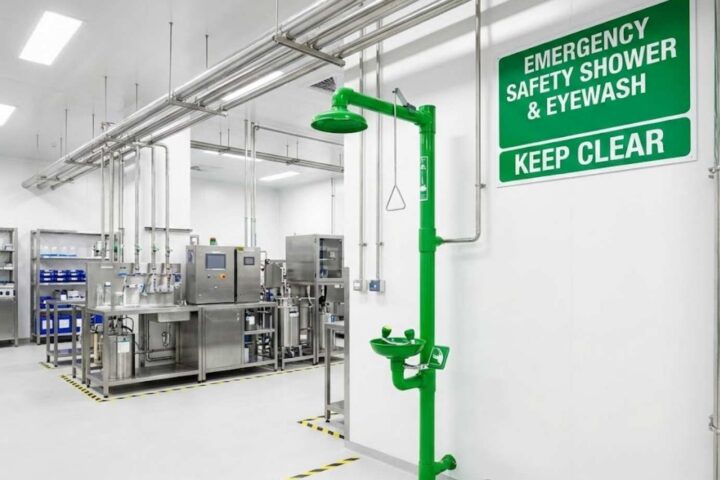It’s no secret that technology has simplified corporate operations, however, many entrepreneurs still find the apparel industry to be difficult to handle. This is because running a corporation involves juggling a multiplicity of departments.
Whether a retailer operates their warehouse or contracts with a third-party logistics provider, top-notch stock control is a must. Knowing where certain products are such as black shirts, isn’t sufficient when there are hundreds of different black shirts to choose from. Warehouse managers must have complete and accurate stock counts and location information at all times.
Attempts to automate the apparel industry’s labor processes can result in the management of too many different divisions, which wastes time and money.
Assume you have to set up ten distinct systems. There has to be a separate system for handling finances, inventory and orders, customer information, and things like employee absences, attendance, and payroll. What if all these tasks could be handled in one convenient location? This is when an ERP comes in handy.

What is an ERP?
Enterprise resource planning (ERP) software helps businesses handle operational tasks including accounting, purchasing, project management, risk management, compliance, and supply chain management.
Financial planning, forecasting, and reporting software are all part of a full ERP package. Sounds like a jackpot for your business, however picking the ideal apparel ERP system is very important. You’ll need to be aware of all the features that can help your apparel business flourish.
Here is a rundown of some of the most important tools that an ERP system for the apparel industry must have.
Organizing Supplies
In the apparel industry, materials requirements planning (MRP) is a must-have instrument. An MRP module designed for the apparel industry may help you keep track of all the different types of fabric and trim your stock and order. All of your data and reports should reflect the fact that each final product has its unique BOM that specifies its color, length, and size.
From the first idea for a product through the sourcing of its raw materials to its actual manufacture, MRP software takes care of it all. When integrated with an ERP system, not only do you have access to the granular information necessary for each particular task, but you also get insight into the overall production process.
The primary purpose of an MRP is to calculate the cost of materials, which is used to prioritize production over purchasing. The materials costing system collaborates with the inventory management system to verify on-hand quantities and production logs for outside components and fabricated sub-assemblies’ lead times.
Controlling Stocks
For success in the fashion industry, where sales are driven by shifting consumer preferences, anticipating future needs is crucial. Keep an eye on what is and isn’t selling so that you can adapt. If you want to make way for next season’s most popular things, you may need to rapidly sell those that are losing their appeal. Inventory management solutions that can monitor products based on criteria you set should be a staple of any apparel ERP system.
Managing inventory involves carrying expenses, and keeping inventory on hand is essential to running a business. However, if you have too much slack inventory, it might cut into your profits. If you have to keep spending money to have additional warehouse space for keeping products, you won’t have enough money to keep the money coming in. There is also a higher risk of financial loss because of damage, misplacement, or theft.
Filter SKUs by color, size, feature, picture, price, and cost, and manage your inventory with ease using the reports and dashboards you create. Know exactly what is in stock and what is on order at all times.
The Vendor Management System
While effective vendor communication and management are essential to operating a profitable clothing management business, many organizations are still relying on manual methods and cluttered Excel spreadsheets to do these vital tasks. Emailing back and forth doesn’t work since information might be lost and it’s difficult to transmit and receive massive design files for approvals.
Essential product data, supply chain stages, tech packs, POs, and shipping information can all be tracked in one convenient area with the help of automated procurement and bidding, up-to-date measurement deviations, vendor costs, and an image library.
Final Thoughts
To have better command and insight into your operations, use an ERP system, which is a centralized solution that unifies procedures and the flow of activities. In addition to the standard capabilities of this type of system, an ERP tailored to the apparel industry will provide you with a wealth of specialized tools to help you not just survive, but prosper, in this competitive, dynamic field.









